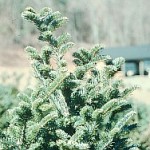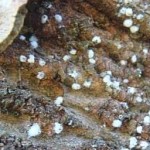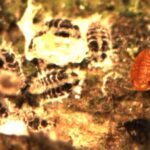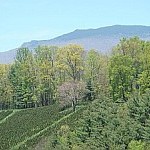Balsam Woolly Adelgid
go.ncsu.edu/readext?646390
en Español / em Português
El inglés es el idioma de control de esta página. En la medida en que haya algún conflicto entre la traducción al inglés y la traducción, el inglés prevalece.
Al hacer clic en el enlace de traducción se activa un servicio de traducción gratuito para convertir la página al español. Al igual que con cualquier traducción por Internet, la conversión no es sensible al contexto y puede que no traduzca el texto en su significado original. NC State Extension no garantiza la exactitud del texto traducido. Por favor, tenga en cuenta que algunas aplicaciones y/o servicios pueden no funcionar como se espera cuando se traducen.
Português
Inglês é o idioma de controle desta página. Na medida que haja algum conflito entre o texto original em Inglês e a tradução, o Inglês prevalece.
Ao clicar no link de tradução, um serviço gratuito de tradução será ativado para converter a página para o Português. Como em qualquer tradução pela internet, a conversão não é sensivel ao contexto e pode não ocorrer a tradução para o significado orginal. O serviço de Extensão da Carolina do Norte (NC State Extension) não garante a exatidão do texto traduzido. Por favor, observe que algumas funções ou serviços podem não funcionar como esperado após a tradução.
English
English is the controlling language of this page. To the extent there is any conflict between the English text and the translation, English controls.
Clicking on the translation link activates a free translation service to convert the page to Spanish. As with any Internet translation, the conversion is not context-sensitive and may not translate the text to its original meaning. NC State Extension does not guarantee the accuracy of the translated text. Please note that some applications and/or services may not function as expected when translated.
Collapse ▲Though balsam woolly adelgid is not as much of a problem as it was in the past due to control of other pests, it can still damage and even kill trees. It’s important to recognize this pest and control it when needed.
On-Line Information – NC State University
CTN 20: Balsam Woolly Adelgid – fact sheet with information on life cycle, scouting, and adelgid management
Scouting for Balsam Woolly Adelgid
Focus on Balsam Woolly Adelgid – including how to control other pests along with adelgids
BWA – Facts at a Glance – quick facts about balsam woolly adelgid (1-page pdf version including photos)
Photo Gallery
- This tree has not had a straight top for two years as a result of balsam woolly adelgid feeding
- Close up of woolly spots from balsam woolly adelgid on bark
- Balsam woolly adelgid nymphs and crawler
- The natural stands of Roan Mountain provide a source of balsam woolly adelgid crawlers
Other On-Line Resources
Penn State Extension: Balsam Woolly Adelgid
Don’t Move Firewood: Balsam Woolly Adelgid






